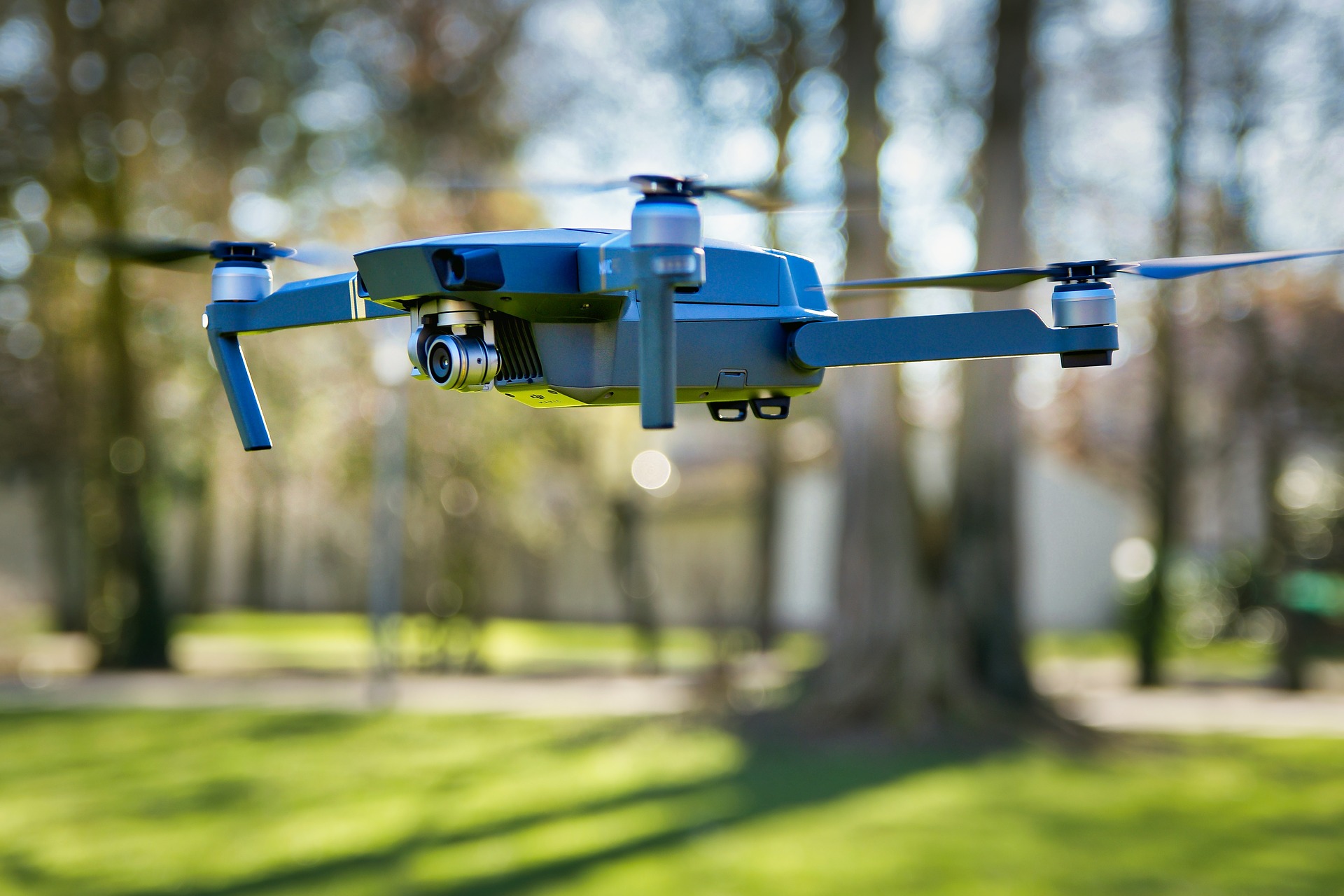Will the fourth industrial revolution help cities to make peace with nature?
The world is changing at breakneck speed. Gadgets and gizmos hardly imaginable a few decades ago now pervade our daily lives. Digital infrastructure is being woven into the urban fabric as cities vie to become ‘smart’, ‘intelligent’ or ‘wired’. Some say a fourth industrial revolution is underway – one that will fundamentally alter the way we live, work and relate to each other. For those us batting for urban biodiversity, we might ask, will the revolution help or hinder our cause?
In a paper recently published in the journal, Nature Ecology and Evolution, a team of 77 academics and practitioners including IUCN Technical Expert Group members Adeniran Akanni and Peter Massini, sought to address this very question by exploring the implications of robotics and autonomous systems (RAS) for urban nature.
RAS are defined as technologies that can sense, analyse, interact with and manipulate their physical environment. This includes unmanned aerial vehicles (drones), self-driving cars, robots able to repair infrastructure, and wireless sensor networks used for monitoring. These technologies have a large range of potential applications, such as autonomous transport, waste collection, infrastructure maintenance and repair, policing and precision agriculture.
The researchers identified several opportunities for RAS to benefit urban nature and green spaces – for instance, by enhancing biodiversity monitoring, identifying emerging pests, ensuring proper care for plants, promoting ecological literacy and fostering human-nature connections. Indeed, a growing number of cities are already capitalising on RAS to better manage pollution and traffic congestion thereby creating more liveable urban environments.
However, technology is a double-edged sword. The authors warn that RAS could generate new sources of environmentally harmful waste and pollution, while the re-planning of urban areas to accommodate RAS, could lead to a reduction of green space. Novel forms of environmental injustice might even arise if, for example, those without access to technology “become increasingly digitally marginalized from interacting with, and accessing, the natural world.”
It stands to reason that technology will transform our cities. It is incumbent on all of us, wizards and prophets alike, to temper our techno-optimism with techno-vigilance: to prevent the rise of robots from precipitating the fall of nature.
